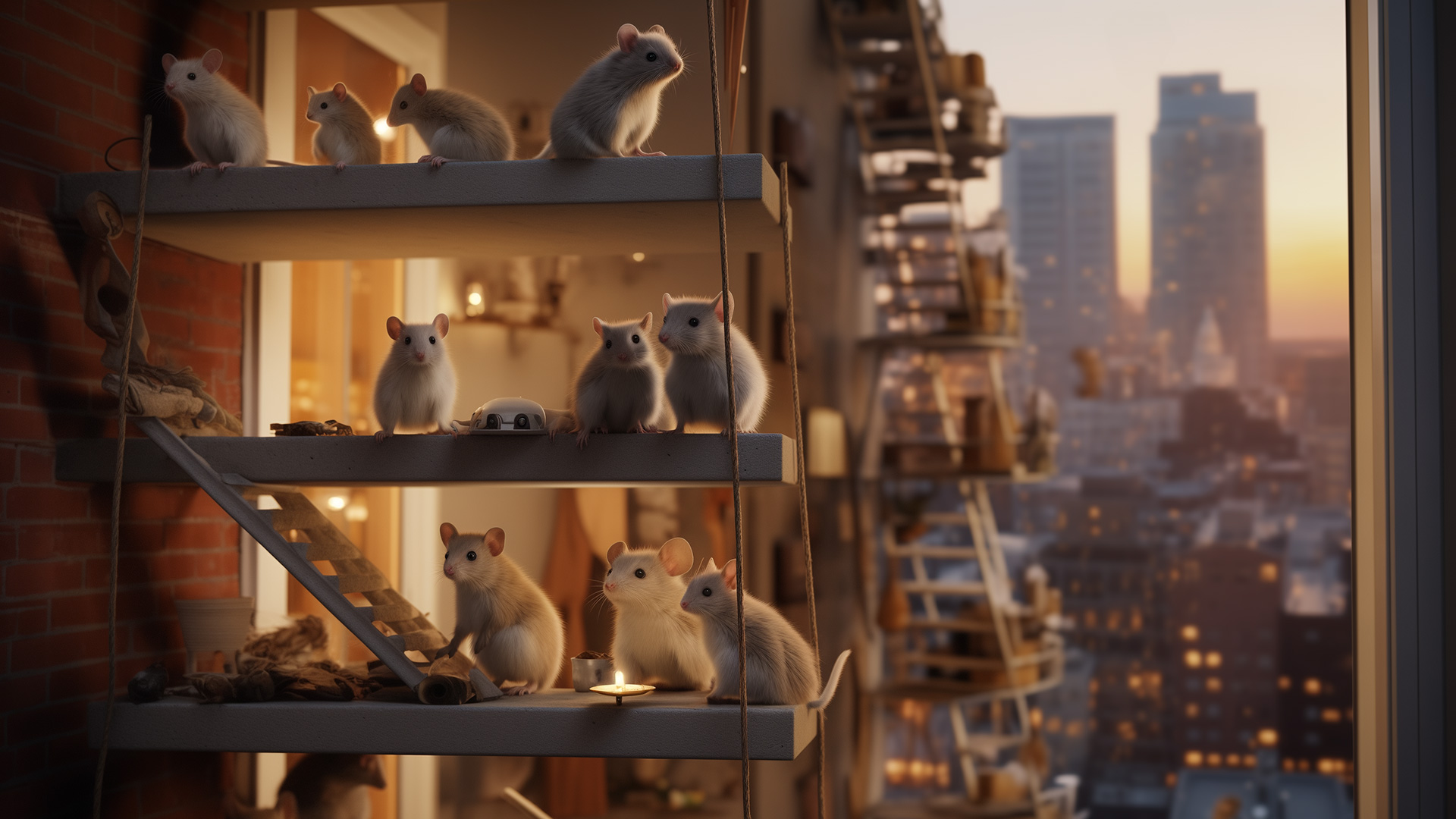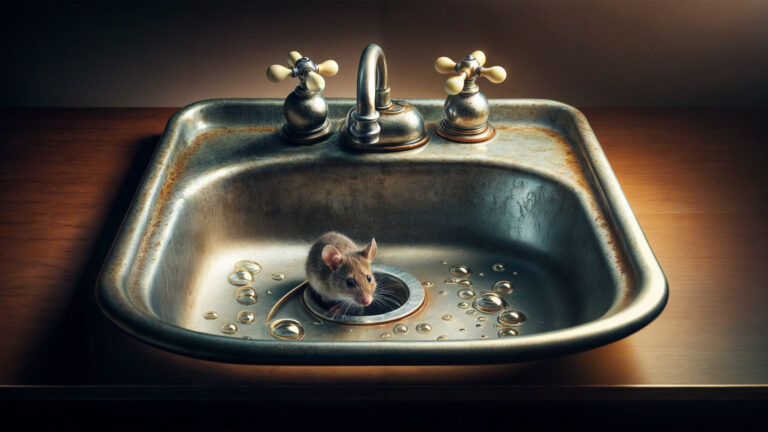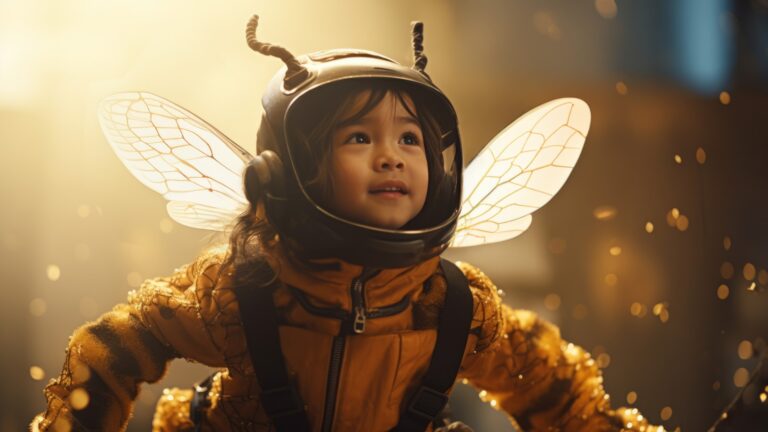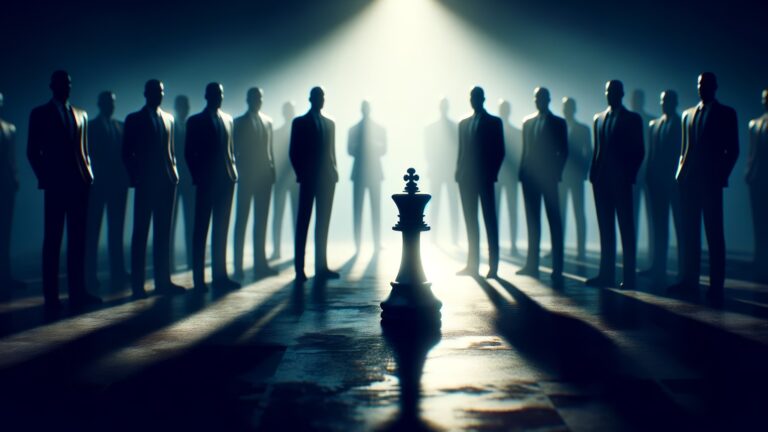The Universe 25 experiment, conducted by John B. Calhoun in 1972, examined behavioral changes in mice due to overpopulation within a resource-abundant environment. It traced the transition from rapid population growth to decline, underscoring the effects of high density on social structures.
Overview
- Experiment Focus: Universe 25 was a 1972 experiment by American ethologist John B. Calhoun to study overpopulation effects on mice behavior in an enclosed space. It’s a key study in animal behavior and informs discussions on human overpopulation challenges.
- Naming and Sequence: “Universe 25” signifies its place as the 25th in Calhoun’s series of experiments.
- Era and Motivation: Emerging from 1960s-70s overpopulation concerns, the experiment reflects fears of societal collapse due to resource shortages, as seen in literature like Paul Ehrlich’s “The Population Bomb.”
- Institutional Backing: Conducted at the National Institute of Mental Health in Maryland, reflecting broader research interests of the time.
Experimental Setup
- Enclosure Design: Calhoun designed a large, resource-rich square enclosure, divided into four connected pens, creating a “mouse utopia.”
- Initial Population: Eight mice, four males and four females, were introduced, with unlimited food, water, and nesting material, free from predators.
Phases of Growth
- Rapid Expansion (Phase A): Initially, the mouse population doubled approximately every 55 days.
- Growth Deceleration (Phase B): The population growth slowed as social roles solidified.
- Stagnation (Phase C): At its peak, population growth ceased, marked by social breakdown and abnormal behaviors.
- Decline (Phase D): Despite abundant resources, the population dwindled, leading to colony extinction.
Key Observations
- Social Dynamics: With population growth, social structures disintegrated; male territoriality decreased and conflicts rose.
- Withdrawal Behavior: Some males, termed “beautiful ones,” entirely withdrew from social interactions.
- Reproductive Changes: A significant drop in breeding, with some females neglecting or ceasing reproduction.
- Abnormal Behavior: The rise of cannibalism and other unusual behaviors as the population spiraled downwards.
Critiques and Limitations
- Artificial Environment: Critics argue the behaviors resulted from the enclosure’s unnatural conditions rather than solely from overpopulation.
- Human Versus Mouse Societies: Caution is advised in drawing parallels, considering the vast differences in societal complexities.
Interpretations and Implications
- Human Society Analogy: The experiment is a reference point in urbanization and human overpopulation discussions, though direct comparisons are debated.
- Behavioral Sink Concept: Calhoun’s term for the societal collapse observed, hypothesizing that overpopulation and social role breakdown were key factors.





